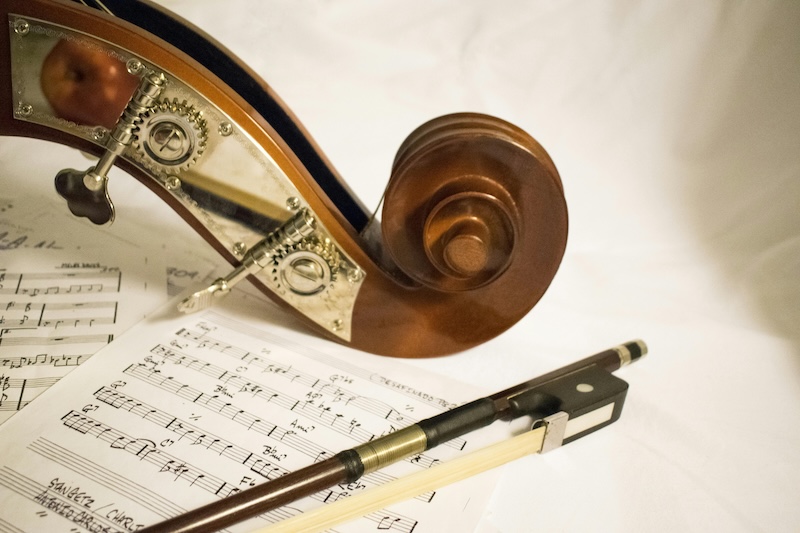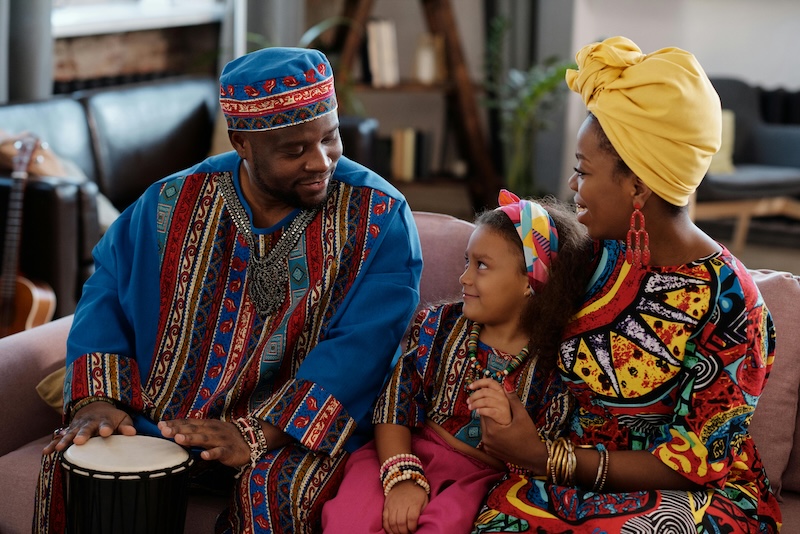As parents, we want to give our children every opportunity to thrive and develop a deep appreciation for music. Exposing your baby or toddler to a variety of music genres can enhance their musical understanding and foster cognitive growth.

Why Genre Variety Matters
Introducing your child to a wide range of music genres enriches their auditory experience, helping them recognize different rhythms, melodies, and harmonies. This diversity lays a foundation for better musical comprehension and an ear for complexity.
High Information Music
“High information music” refers to compositions with rich, complex structures and multiple layers of sound. This type of music challenges the brain, promoting advanced auditory discrimination and cognitive development. It typically includes genres like classical, jazz, and certain forms of world music, which are characterized by intricate arrangements and sophisticated melodies.
Best Genres for Your Child’s Musical Development
By thoughtfully selecting a diverse range of music and creating an engaging listening environment, you can greatly enhance your child’s musical understanding and appreciation. These genres and artists are just the beginning of a rich, lifelong musical journey for your little one.
Classical Music
Classical music is renowned for its complexity and emotional depth. Its varied tempos, dynamics, and harmonies provide a rich auditory experience.

Some of the artists you can explore are Wolfgang Amadeus Mozart, Ludwig van Beethoven and Johann Sebastian Bach.
Mozart’s compositions are known for their clarity, balance, and intricate structures and Beethoven’s symphonies are emotionally powerful and structurally complex. Bach’s music is renowned for its contrapuntal textures and mathematical precision
Jazz
Jazz introduces improvisation and syncopation, encouraging your child to appreciate rhythm and spontaneity.
If you are not familiar with jazz, you can explore artists like Louis Armstrong, Duke Ellington and Ella Fitzgerald.

Armstrong’s warm, expressive voice and the soothing melody of “What a Wonderful World” make it an ideal introduction to jazz.The song’s lyrical beauty and gentle pace are comforting for young listeners, while the subtle complexities of jazz rhythm and phrasing are present.
Ellington’s music is vibrant and sophisticated. Often showcasing swing rhythms and big band arrangements, providing a lively and rhythmic experience that helps children develop a sense of timing and rhythmic coordination.
Fitzgerald’s clear diction, emotive delivery, and improvisational flair introduce children to the nuances of vocal expression and the beauty of jazz standards.
World Music
World music exposes children to diverse musical traditions and instruments, enhancing cultural awareness and auditory skills.

Here some examples of artists could be Ravi Shankar (Indian classical), Youssou N’Dour (Senegalese mbalax), Cesária Évora (Cape Verdean morna).
Shankar’s sitar music introduces children to the rich traditions of Indian classical music. The use of ragas and complex rhythms expands their auditory palette and enhances their appreciation for global music traditions.
N’Dour’s music blends traditional Senegalese sounds with contemporary influences. Offering a gentle introduction to African rhythms and harmonies that broadens children’s musical horizons.
Évora’s soulful morna music from Cape Verde is emotionally evocative and culturally rich. Introducing children to new languages and musical styles, fostering an appreciation for diverse musical traditions.
Folk Music
Folk music’s simple melodies and storytelling elements are easily accessible for young listeners.

Here we can mention artists like Woody Guthrie, Pete Seeger, Joan Baez.
Guthrie’s simple melodies and meaningful lyrics make folk music accessible to young listeners. Promoting musical memory and language skills.
Seeger’s music is engaging and often carries social messages. “If I Had a Hammer” introduces children to repetitive structures and singable melodies, enhancing their musical and linguistic development.
Baez’s clear, emotive voice and storytelling ability make her songs captivating.
Pop and Rock
Modern genres like pop and rock offer catchy melodies and familiar rhythms, making them enjoyable for toddlers.
Some of the artists that we could encourage having on the playlist would be The Beatles, Michael Jackson and Taylor Swift.

The Beatles’ music is timeless and widely loved. An example could be “Yellow Submarine” – it’s playful and imaginative, with a catchy melody that’s perfect for young children. Its simple structure helps in building musical recognition and memory.
Jackson’s music is rhythmically engaging and melodically rich. He often combines strong beats with memorable melodies, introducing children to pop music’s energy and excitement.
Swift’s music is contemporary and relatable, helping children develop rhythm and coordination while enjoying modern pop music.
Music-Friendly Environment for Active Toddlers
Even the busiest toddlers can benefit from a well-structured listening environment. Here’s how to set it up:
- Create a specific area where music is always played, free from distractions like TV or noisy toys.
- Encourage your child to dance, clap, or play along with simple instruments. This active participation helps them connect with the music.
- Incorporate music into daily routines, such as during playtime, meals, or bedtime, to build consistency.
- Keep the music at a comfortable volume to protect your child’s sensitive ears while ensuring they can hear all the nuances.
- Ask your child how the music makes them feel or what instruments they can hear, fostering an interactive experience.
Cultivating a Love for Music
By exposing your child to a variety of music genres, especially those rich in complexity, you’re setting the stage for a lifelong appreciation and understanding of music. High information music, in particular, will challenge and develop their auditory skills, enhancing their overall cognitive development. With a little creativity and consistency, you can create a music-friendly environment that nurtures your child’s love for music, no matter how active they are.
So, turn up the tunes, explore different genres, and watch as your child’s musical journey unfolds. The world of music is vast and beautiful, and introducing your child to its many wonders is a gift that will last a lifetime.

Leave a Reply